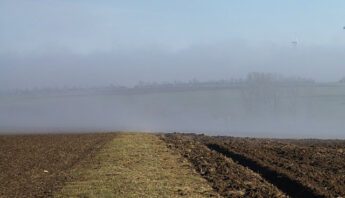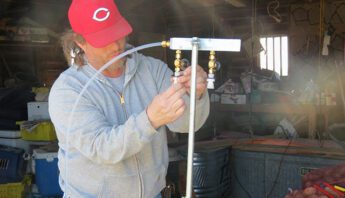Statement from Emily Marquez, PhD, staff scientist for Pesticide Action Network in response to new data about pesticides in air released by the California Department of Pesticide Regulation:
“We’re pleased that the Department of Pesticide Regulation has launched a more comprehensive pesticide air sampling program in the state. We’ve called on the agency to pursue something similar for many years.
Unfortunately, the current sampling fails to capture the scope of the problem of pesticide drift and exposure in the state.
The agency focused on sampling in cities and towns, and failed to capture the greatest exposures where children live, learn and play. For the past several years, Pesticide Action Network has worked with rural residents across the state to sample their air and found startling results. On-the-ground testing with our Drift Catcher indicates that rural children are exposed to far higher levels of pesticides in the air.
DPR also sampled in a systematic but not targeted manner, with samples being taken once per week for 11 months, but not necessarily at the times of year when pesticides were used. The reporting of “average” concentrations over 11 months when a particular pesticide may only be used during a single month is misleading. The more important measurements are over a time period of peak use.
What’s important is that random sampling in more urban areas found large numbers of pesticides. The neurotoxicant chlorpyrifos was still detected in 45 of 142 samples taken in the three towns [Salinas, Shafter and Ripon]. Just yesterday, EPA announced new protections for children exposed to this pesticide, increasingly linked to learning disabilities.”







